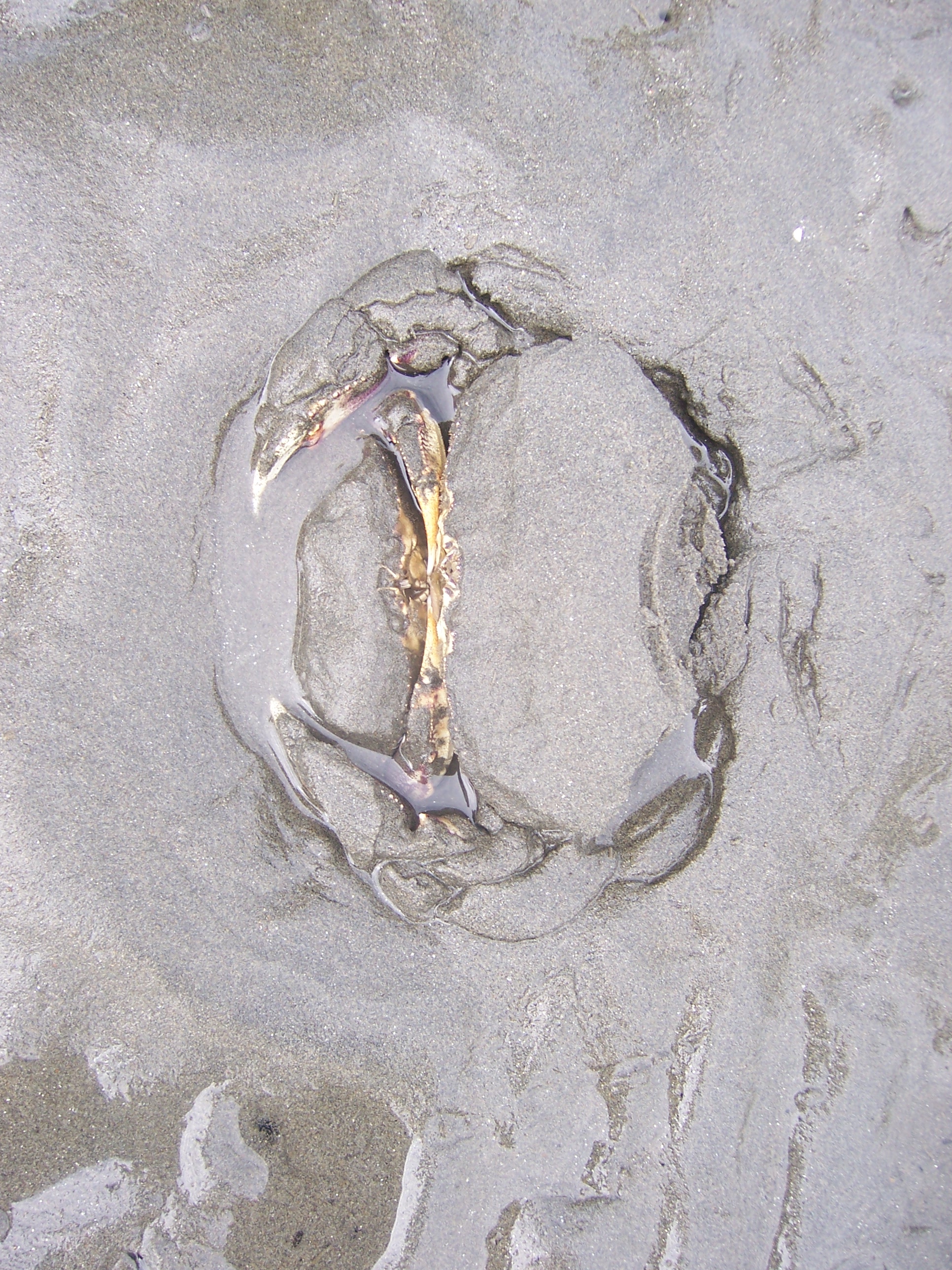
Crustaceans can be found along the marine shore. Certain species prefer the sandy over rocky substrate, though the crustaceans' adaptibility means that it can be found most anywhere. The design of the individual species is an indicator of it's habitat: the larger decapod crabs are better camouflaged among the rocks, while the burrowing shrimps and isopods have an easier time in soft sand.
Crabs and barnacles feed with the tides and can be readily observed during the first changing hours of the tidal cycle. Pacific Northwest crabs do not have swimming appenmdages and are more influenced by the currents. Arriving among the intertidal as the tide subsides provides an excellent opportunity to observe the Balanus spp. with their cirra still extended for feeding.
The hermit crab species Pagarus can be found among tidal pools in any substrate. The presence of this species being limited only by the availability of the welk shells it scavenges for shelter.
The goose barnacles to the left are an indicator of crashing waves and strong tides, both preferrable conditions for this species. Crustacean biodiversity is highest when the habitat contains many different intertidal zones in a short linear distance. Steep, rocky shores with short sandy run-outs, such as those found in the San Juan Islands and Olympic Coasts are excellent habitat for burrowing shrimps, kelp-loving isopods, barnacles, and crabs.
